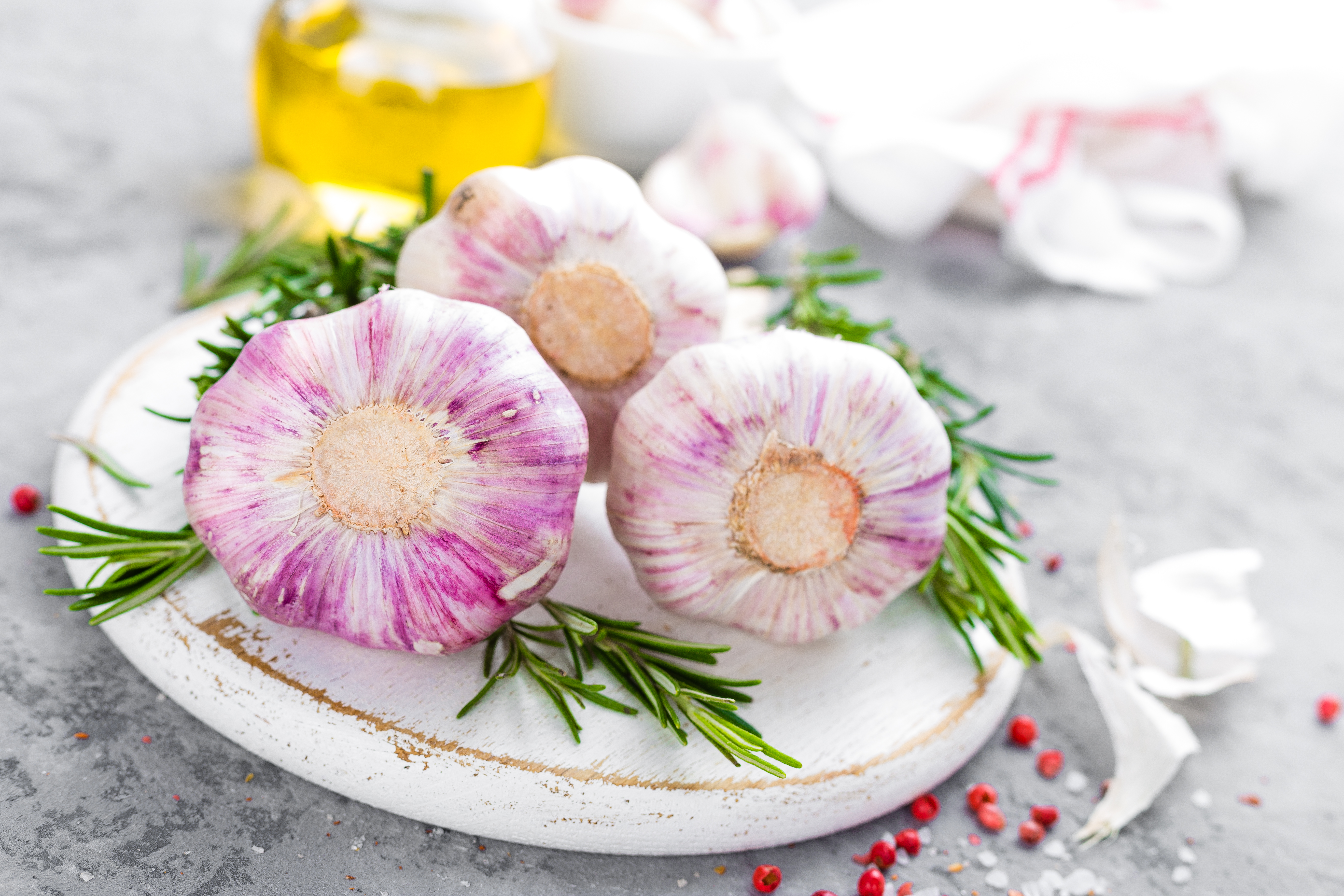Ancient Healing Remedies That Actually Work
Long before prescriptions came in bottles, healing came from the earth—handed down through whispers, rituals, and lived wisdom. Ancient cultures didn’t rely on clinical trials; they relied on observation, resilience, and results. From Ayurvedic tonics to Egyptian poultices and Chinese teas, these remedies weren’t trends—they were survival. And now? Modern science is finally catching up. Today’s research is uncovering what our ancestors always knew: many traditional treatments actually work. Because sometimes, healing isn’t about discovering something new—it’s about finally listening to what’s been here all along.
1. Honey: The Golden Healer

Honey has been a staple in the medicinal practices of many ancient cultures, from the Egyptians to the Greeks and Romans. Its natural antibacterial properties make it an exceptional remedy for wounds and infections. Ancient texts describe honey's use in treating cuts and burns, and modern research supports these claims, highlighting its effectiveness in promoting faster healing and reducing the risk of infection. Honey is also rich in antioxidants, which help protect the body from free radicals and support overall health. Today, it is used not only in wound care but also as a soothing agent for sore throats and coughs, demonstrating its versatile healing power.
2. Garlic: The Ancient Antibiotic

Garlic's reputation as a powerful healing agent dates back to ancient Egypt, where it was used to boost strength and endurance. Its active compound, allicin, is known for its potent antimicrobial properties, making garlic an effective natural antibiotic. Studies have shown that garlic can combat various pathogens, including bacteria and viruses, supporting immune function and reducing the severity of colds and flu. Beyond its antimicrobial benefits, garlic is also recognized for its cardiovascular benefits, helping to lower blood pressure and cholesterol levels. This humble bulb continues to be a staple in natural medicine, valued for its wide-ranging health benefits.
